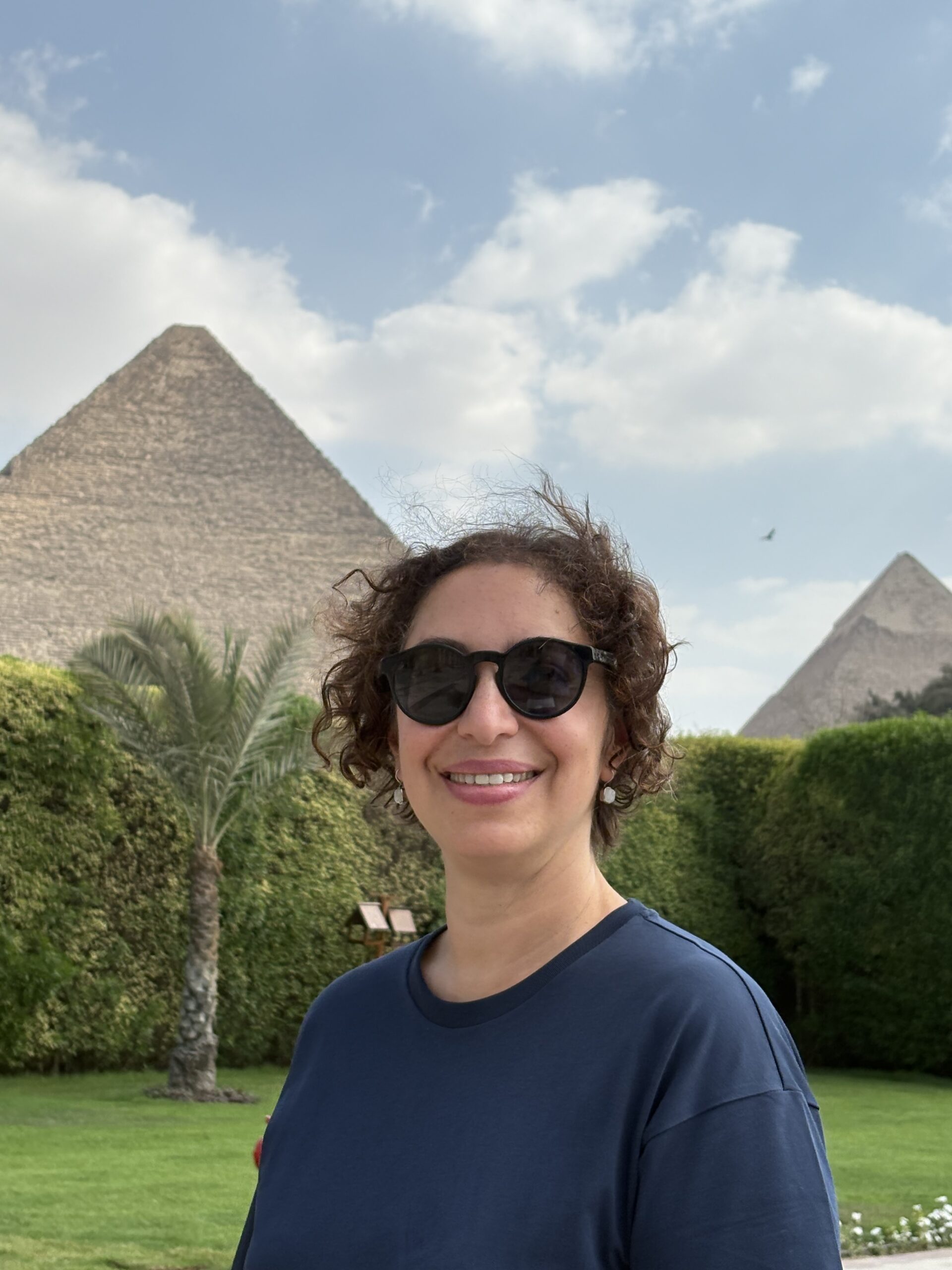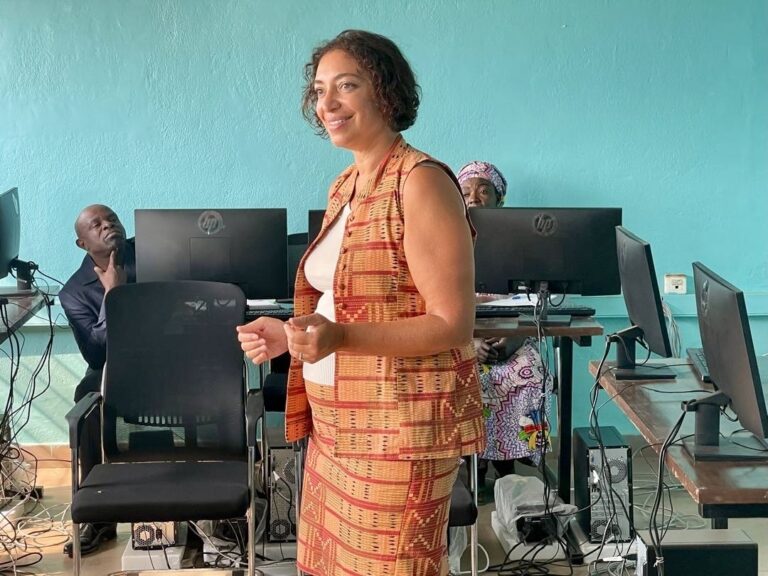Are you starting a new project, entering an unfamiliar market or taking on your first leadership role? If so, I can help you navigate and thrive through the transition, using my skills and knowledge in Change Management.
My expertise in Change Management comes from both trainings and practical experience. Over time, these skills have become second nature for me. Which is why I recently found myself applying the theory and guidelines of Change Management to navigate a personal transition.
A while ago, our family had the opportunity to move from India to Egypt. To help manage this huge shift, I decided to use the Change Management principles I’ve utilized in my own career, from sound planning to practical solutions.
More specifically, I turned to Dr. John Kotter’s 8-Step Process for Leading Change, which offers a more detailed approach than Lewin’s 3-Step Theory. Kotter’s model is especially helpful for large, complex changes.
Take a look at how I applied Kotter’s model to our family relocation:
- Create a Sense of Urgency: The change process begins by identifying opportunities or risks that need immediate action. This urgency helps to build support and commitment for the transformation.
To start with, we sat down as a family to discuss the relocation and its potential benefits. Open communication helped us realize why leaving was timely and focused our attention on the potential opportunities – for each of us and collectively for our family. This helped us commit to the change.
- Build a Guiding Coalition: In my previous roles as Project Manager, I would assemble a team of influential individuals to champion the change and become its ambassadors.
For the family relocation, my husband, daughter and I became the guiding coalition for one another. We would check in regularly to address stress and fatigue and to re-build motivation.
- Form a Strategic Vision and Initiatives: When I was in charge of the ‘Green Bank’ project at the African Development Bank, I developed a clear vision for the project members and stakeholders. Then, I outlined the initiatives needed to achieve it.
During our relocation planning phase, I set a clear vision: to complete the move smoothly and ensure a strong start in Egypt. I then strategically identified initiatives to achieve this vision, including reaching out to Egypt-based members in my personal network and leveraging my contacts to identify others willing to share their knowledge.
- Enlist a Volunteer Army: When managing the implementation of the World Bank’s ‘Visitor Center’ project, I communicated the vision and strategy effectively to gain the buy-in of key external stakeholders and encourage them to participate.
For our relocation, too, I identified stakeholders who could become volunteers in supporting our project. The most important among these were members of the Parent-Teacher Association of the school my daughter planned to attend in Cairo.
- Enable Broad-Based Action: Part of this step is to remove obstacles and empower individuals to take action by providing resources and addressing concerns.
I realized that the coordinator helping us with our India-to-Egypt move needed to make many small but important decisions. We gave her all the required information, along with delegating the authority she needed to represent us efficiently.
- Generate Short-Term Wins: Kotter’s model recommends identifying and celebrating early successes to build momentum and demonstrate the value of the project.
So, I ensured that we celebrated the little wins along the way, such as the day we received our visas. This helped us keep a positive mindset, since relocation can be a lengthy and complicated process.
- Sustain Acceleration: There are several milestones in the change process. It’s important not to lose steam after early successes. One must keep building on wins and removing remaining obstacles.
Following the above advice, I continued to drive the change and address lingering challenges. After receiving the visa, we turned our attention to the school application. We also prepared ourselves by reading up on our new home and its culture.
- Institute Change: When leading the African Development Bank’s ‘Green Bank’ project, I focused on embedding behavior change strategies into the organizational culture. This was vital to ensure that the changes were sustainable and became the new standard.
There will be permanent changes during our stay in our new host country. Individually and as a family, we will anchor new ways of living so we can fully adapt to our new context.
By applying the principles of Change Management, I was able to proactively address potential challenges, support our family, and ultimately ensure a successful transition to our new location. Strong communication, empathy and consistent support were crucial throughout the entire process.
A very useful tool for my projects came in handy here, even though it was at a smaller scale than usual: the Gantt Chart. It helped me to clarify responsibilities, milestones, needed actions, resources and people, and dependencies between the different tasks. Using such a tool helps to reduce anxiety, reinforce ownership and fuel excitement for the entire journey of change!



